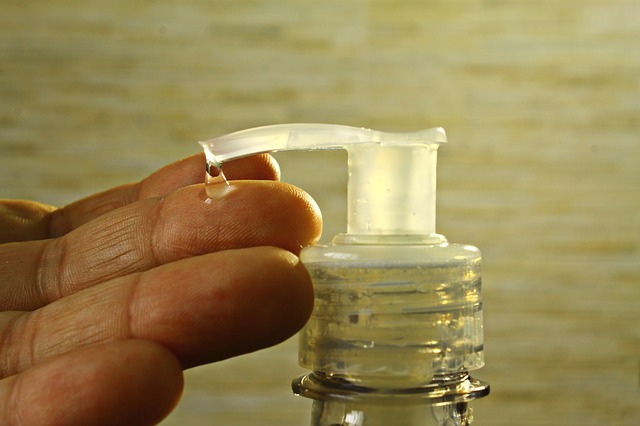
Which is more effective between regular soap and antibacterial soap? Recent studies (done in 2016-17 CE) have shown that regular soap works just fine and performs better than antibacterial soap. In fact, scientists have recommended washing with regular soaps and have warned that antibacterial soaps contain harmful chemicals. Even FDA has banned 19 hazardous chemicals that were being used in antibacterial soaps.
How soap works?
Regular soap: When you wash your hands with this soap and water, it turns into molecules. These molecule interacts both with water and with the germs on your skin. They gets stuck with water molecules by one end and with virus' protective membrane by other end. So, they tug at the virus and denude it by pulling away its protective wall. Thereby, the germ is exposed and gets killed.
Antibacterial soap: When you use this kind of soap with water, it eliminates germs by: (1) Stopping them from growing/multiplying. (2) Interacting with their protective envelope. Therefore, these brands are also known as antimicrobial soaps or antiseptic soaps.
Between these two, regular soap has a quicker process. Antibacterial soap kills bacteria with a relatively slower method so it is less efficient than common soap.
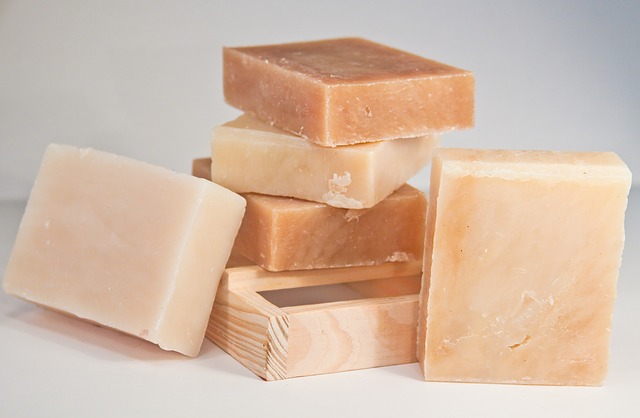
What are soaps made of?
Regular soap is made of fat, oil and sodium hydroxide. Sodium hydroxide is also known as lye or caustic soda. It is an inorganic compound (remember organic and inorganic chemistry?) with the chemical formula NaOH. Traditionally, soap is prepared by a process called saponification. In this industrial procedure, fat/oil/lipid is heated in the presence of NaOH. By-products are soap and alcohol.
Antibacterial soap has some additional chemicals added to it such as triclosan and triclocarban. Remember, these were banned in 2016 CE by FDA when it was proven that they are harmful. Now, exactly why these chemicals were banned, we will inform you in this very blog.
Banned by FDA:
In 2016 CE, FDA banned 19 chemicals that were being used to make antibacterial soaps. The list of these chemicals has been provided below:
- Cloflucarban
- Fluorosalan
- Hexachlorophene
- Hexylresorcinol
- Iodine complex (ammonium ether sulfate and polyoxyethylene sorbitan monolaurate)
- Iodine complex (phosphate ester of alkylaryloxy polyethylene glycol)
- Nonylphenoxypoly (ethyleneoxy) ethanoliodine
- Poloxamer-iodine complex
- Povidone-iodine
- Undecoylium chloride iodine complex
- Methylbenzethonium chloride
- Phenol
- Phenol (this is somehow different from #12)
- Secondary amyltricresols
- Sodium oxychlorosene
- Tribromsalan
- Triclocarban
- Triclosan
- Triple dye
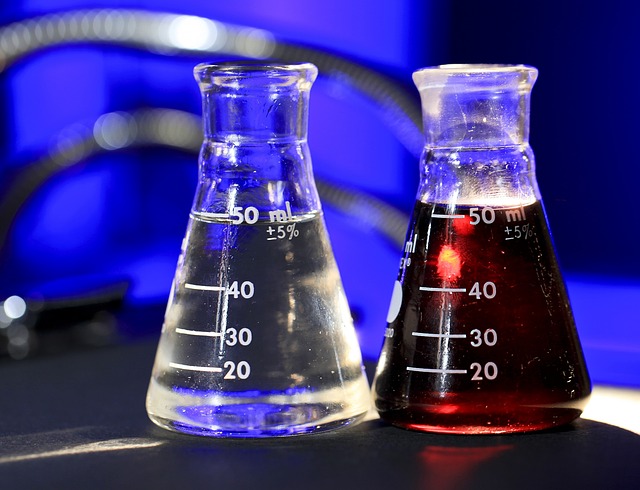
Why is triclosan dangerous?
Triclosan is bad for the activity of your thyroid hormones. It also helps the bacteria resist antibiotics. So, rather than being a nice human-friendly antiseptic, it assists our enemies in harming us. Some animals were exposed to triclosan for a long period of time and they developed cancer. It is also harmful to the human immune system. These were the reasons why FDA banned it.
Why is triclocarban dangerous?
The most annoying thing about triclocarban is that it remains in your system for a long time. That's why antibacterial soaps shouldn't use this hazardous chemical. Estrogen is an important hormone for female humans and it has been revealed through study that triclocarban disrupts the production of estrogen from androgen. That was the reason why FDA decided to prohibit manufacture of antibacterial soaps with these drugs.
Moreover, it was found in 1974 CE that tribromsalan makes male skin extra-sensitive to light. That was when they pulled it out of market.
What has replaced banned chemicals?
Now, these three chemicals have replaced the industry of antibacterial soap manufacture:
- Benzalkonium chloride
- Benzethonium chloride
- Chloroxylenol (PCMX)
FDA, when banned 19 other chemicals, allowed these 3 drugs to be used until further investigation.













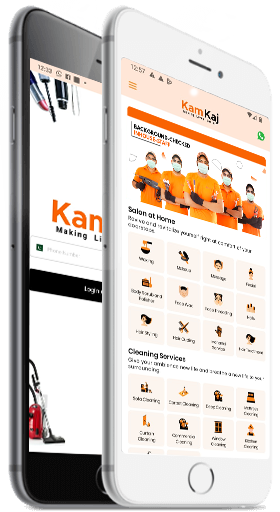




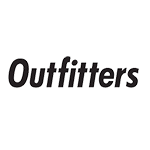
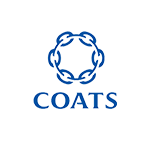
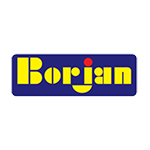
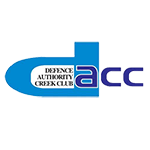



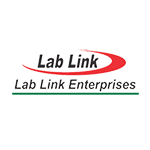






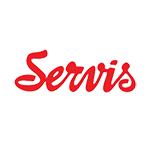

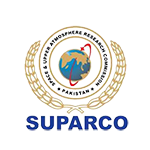
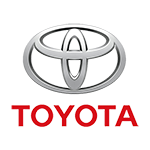
Let Us know thoughts!
Your email address & phone will no be published. Required fields are marked*